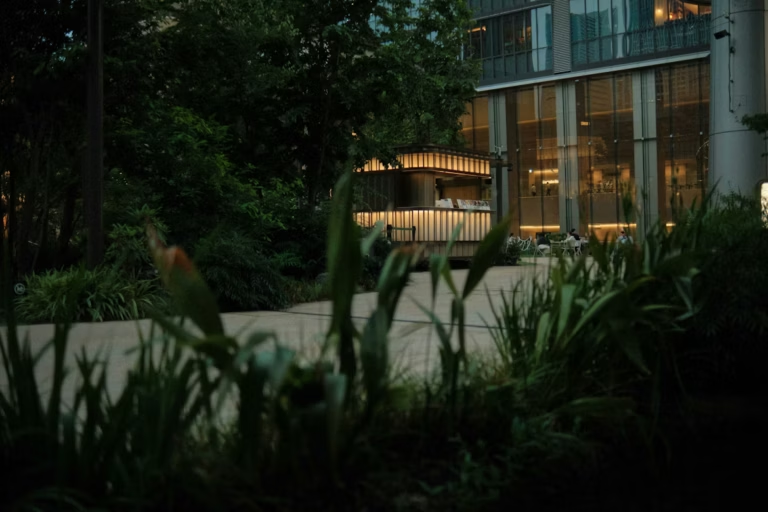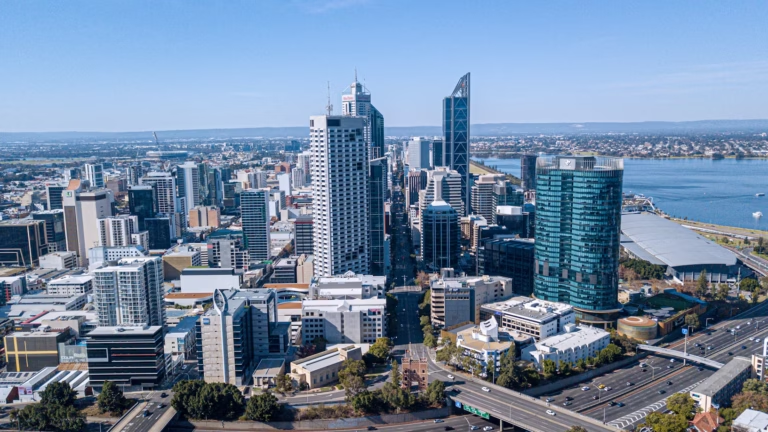Crime prevention in Western Australia is built on one simple principle — prevention is always better than reaction. While policing and enforcement remain essential, real community safety depends on planning, design, and local decision-making that reduce opportunities for crime before it occurs.
Across Perth and regional WA, local governments, businesses, and educational institutions are increasingly seeking independent crime prevention advice to guide their investments in safer public spaces, commercial areas, and community facilities. This approach combines environmental design, technology, and community engagement — creating spaces that feel safe, function well, and promote positive activity.
What Is Crime Prevention Advice?
Crime prevention advice provides practical, evidence-based recommendations that help organisations reduce the likelihood and impact of crime. Rather than focusing solely on security hardware or patrols, modern prevention strategies take a broader view — addressing the environmental, behavioural, and operational factors that influence safety.
A professional security consultant or CPTED practitioner assesses risks such as:
- Poor lighting or sightlines.
- Hidden or isolated areas in public spaces.
- Inadequate CCTV coverage.
- Weak access-control measures.
- Unclear ownership or maintenance responsibilities.
By understanding how offenders perceive and use a space, effective crime prevention advice focuses on designing out opportunities for crime — improving safety, perception, and usability for legitimate users.
The Role of CPTED in Crime Prevention
One of the most effective and internationally recognised frameworks for prevention is Crime Prevention Through Environmental Design (CPTED).
CPTED principles are built on the idea that the way spaces are planned, designed, and managed has a direct impact on behaviour. When applied properly, CPTED can deter antisocial behaviour, reduce vandalism, and improve community confidence in shared spaces.
Key CPTED strategies include:
- Natural surveillance – ensuring good visibility across public areas through lighting, clear sightlines, and transparent design.
- Territorial reinforcement – defining public, semi-public, and private areas through landscaping, paving, and signage, helping people understand boundaries and ownership.
- Access control – guiding movement through a site using pathways, fencing, bollards, and gates to limit opportunities for crime.
- Maintenance and management – ensuring spaces remain clean, functional, and well-kept to signal active ownership and discourage neglect.
- Legitimate activity support – encouraging positive use of spaces through amenities, seating, and activation, helping to “fill” areas that might otherwise attract unwanted behaviour.
Local governments such as the Town of Victoria Park and City of Canning already integrate CPTED into their community safety and urban-design frameworks, demonstrating how design and planning decisions can meaningfully reduce crime and improve public amenity.
Technology and Physical Security Measures
While CPTED focuses on the built environment, it works best when supported by technology and physical security controls. For example:
- CCTV systems: Strategically placed cameras support real-time monitoring and incident review. Modern systems also provide analytic functions — such as motion detection, crowd analysis, or AI-assisted identification of unusual behaviour — improving both security and operational insight.
- Access control systems: Card readers, intercoms, and door-entry systems help manage authorised access while providing clear audit trails of movement through sensitive areas.
- Lighting upgrades: Properly designed lighting deters opportunistic crime and enhances natural surveillance. Adherence to Australian Standard AS/NZS 1158 ensures lighting supports both safety and energy efficiency.
- Hostile Vehicle Mitigation (HVM): In busy public precincts or event areas, temporary or permanent vehicle-mitigation measures prevent vehicle-based attacks and protect pedestrians.
Together, these systems form part of a layered security approach — where environmental design, operational procedures, and technology combine to deliver proportionate, effective protection.
The Importance of People and Resourcing
Even the best design or technology will fail without effective resourcing and operational follow-through.
Many incidents occur not because of design flaws, but because of insufficient supervision, unclear reporting pathways, or limited staff training. That’s why a complete approach to crime prevention must also consider:
- Staff awareness and training: Ensuring frontline staff know how to identify and report suspicious behaviour.
- Clear procedures: Establishing step-by-step processes for managing incidents, maintenance issues, and community reports.
- Maintenance resourcing: Allocating budgets and responsibilities to ensure lighting, CCTV, and signage are maintained promptly.
- Community partnerships: Engaging residents, business owners, and local organisations to report issues early and participate in safety initiatives.
A resilient crime-prevention strategy therefore goes beyond technology — it embeds safety into the organisation’s daily operations and culture.
How Smartsec Security Solutions Supports Crime Prevention
At Smartsec Security Solutions, we provide independent, vendor-neutral crime prevention advice to councils, universities, and private organisations across Western Australia. Our approach combines risk management, CPTED principles, and security technology expertise to deliver practical, defensible outcomes.
Our services include:
- Crime Prevention and CPTED Assessments – Identifying environmental and behavioural risk factors in public spaces, parks, and facilities.
- Security Risk Assessments – Comprehensive evaluations aligned with ISO 31000:2018, addressing likelihood, consequence, and residual risk.
- Lighting and Visibility Audits – Benchmarking against AS/NZS 1158 and CPTED requirements to improve natural surveillance.
- CCTV and Access Control Reviews – Ensuring systems are fit-for-purpose and aligned with operational needs.
- Hostile Vehicle Mitigation Advice – Providing proportional solutions for events and public precincts, compliant with ISO 22343-1:2023.
Because Smartsec is an independent security consultancy, we don’t sell or install equipment — ensuring our advice remains unbiased and tailored solely to each client’s requirements.
Our recent work with local governments and educational institutions demonstrates how integrated design, operational planning, and technology can measurably reduce security risks while enhancing public amenity.
Why Independent Crime Prevention Advice Matters
In an environment where budgets are tight and community expectations are high, independent advice is essential. Too often, safety decisions are influenced by vendors promoting specific products rather than objective assessments of need and risk.
An independent consultant provides:
- Unbiased recommendations focused on outcomes, not sales.
- Compliance assurance with Australian Standards and local planning requirements.
- Risk-based prioritisation of actions and investments.
- Audit-ready documentation to support grant funding or internal reporting.
By engaging a qualified consultant early — before design or procurement decisions are made — councils and organisations can achieve better long-term results and avoid costly retrofits.
Taking the Next Step
Whether you’re a local government planning a new park, a property developer preparing a Development Application, or a facilities manager responsible for public safety, professional crime prevention advice can help you make informed, evidence-based decisions.
Smartsec Security Solutions partners with clients across Western Australia to deliver clear, practical recommendations that align with ISO 31000, CPTED best practice, and relevant Australian Standards.
To discuss how we can assist your organisation with CPTED assessments, security risk reviews, or practical safety improvements, contact us at www.smartsecsecurity.com.au or email [email protected].
Together, we can build safer, more confident communities across Western Australia.



